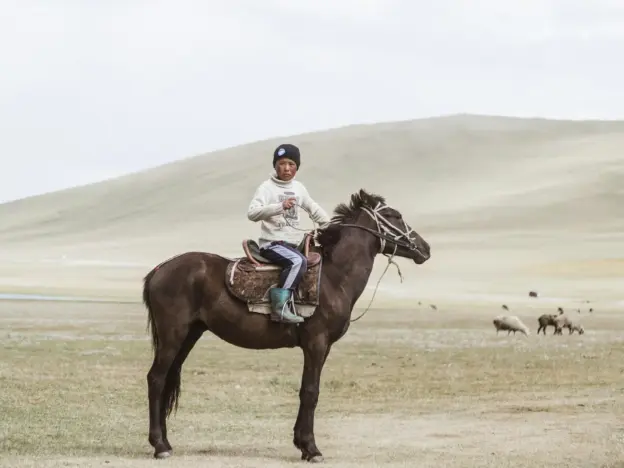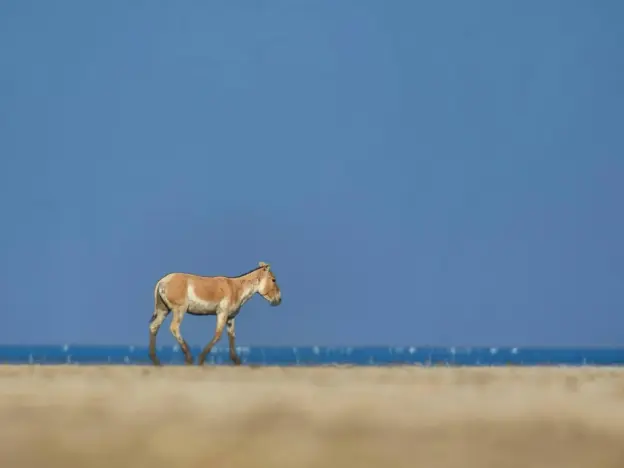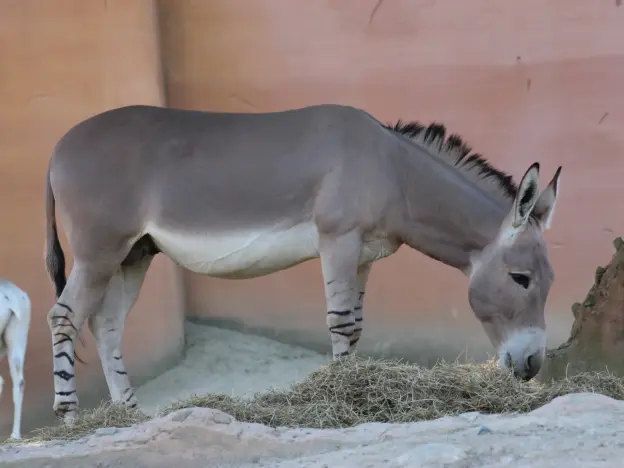Origins
The Novokirghiz is a fairly recent breed that was developed during the 1930’s in Kirghizia and comes from the Old Kirghiz breed. Crosses with Thoroughbred blood have created a lighter & more refined animal in the Novokirghiz.
Read more

The Novokirghiz is a fairly recent breed that was developed during the 1930’s in Kirghizia and comes from the Old Kirghiz breed. Crosses with Thoroughbred blood have created a lighter & more refined animal in the Novokirghiz.
Read more

Also called the Croation Pasavac, Posavina Horse, Posavina & Busak Posavec, The Hrvatski Posavic comes from the flood plains of the Sava River in Croatia and their numbers are very low today.
Average height 15.2 hands
Head is noble & broad
Ears are concave & elliptic
Hooves are broad & flat
Light agriculture
Vegetation management

Also called the Croatian Hladnokrvnjak, the Hrvatski Hladnokrvnjak is the most common horse in Croatia and comes from the north west. They are a large draft type horse bred for heavy agriculture work & meat production. Sadly as the 20th century eliminated the need for animals in agriculture the main reason they are bred is meat & milk production.
Average height 16 – 17 hands
Head is large & wide
Back is long with well sprung ribs
Chest is broad & deep
Legs are strong and moderately feathered
Meat & Milk production
Riding horse
Logging
Agriculture

Cob is a type rather than a specific breed, in the UK it is often used to descrive a common riding horse and in the US it is generally used to describe the Welsh Cob. Today the Section D Welsh Cob is the typical build of a historic Cob, it is said a good show cob should have “the head of a lady & the backside of a cook.”
Read more

The most horse-like of the ass species, the Asiatic wild ass is now classified as an endangered species.
Read more

A wild member of the horse family Equidae, the African Wild Ass (Equus africanus) is thought to be the ancient ancestor of the domesticated donkey often seen today.
Read more